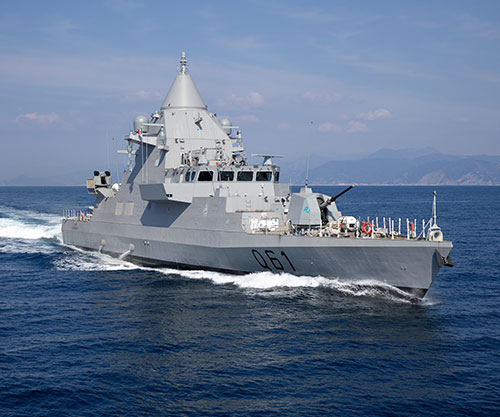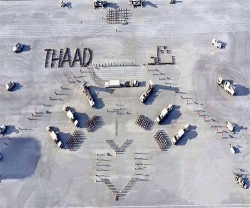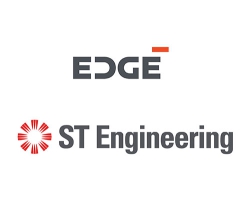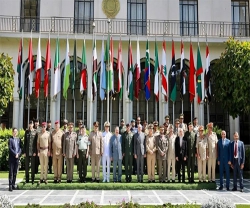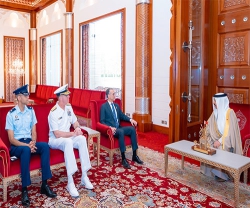The delivery of the first-in-class OPV (Offshore Patrol Vessel) “Musherib”, ordered to Fincantieri by the Qatari Ministry of Defense within the national naval acquisition program, took place at the Muggiano (La Spezia) shipyard.
The program is worth nearly 4 billion euros and envisages 2 OPVs, both scheduled for delivery in 2022, 4 corvettes over 100 meters long and one amphibious vessel (LPD - Landing Platform Dock).
Attending the event were H.E. Khalid bin Yousef Al-Sada, Ambassador of The State of Qatar to Italy, Staff Brigadier Abdulla Al Mazroey, Deputy Chief of the Qatar Navy and Commander of the Flottilla, Vice Admiral Giuseppe Abbamonte, Commanding Officer of the Italian Navy Logistics Command, and Marco Acca, Deputy General Manager Naval Vessel Division of Fincantieri.
Like its sister-ship “Sheraouh”, launched in June 2021, the OPV “Musherib”, has been designed in compliance with the RINAMIL for Fast Patrol Vessel (FPV) rules and is a flexible type of ship capable of performing several services, from surveillance to combat functions. It is about 63 meters long, 9.2 meters wide, with a maximum speed of 30 knots and it accommodates as many as 38 of crew members.
Last October Fincantieri has delivered “Al Zubarah”, the first-in-class of 4 corvettes of the same program for Qatar.
Fincantieri is one of the world’s largest shipbuilding groups, the only one active in all high-tech marine industry sectors. It is leader in the construction and transformation of cruise, naval and oil & gas and wind offshore vessels, as well as in the production of systems and component equipment, after-sales services and marine interiors solutions.
Thanks to the expertise developed in the management of complex projects, the Group boasts first-class references in infrastructures, and is a reference player in digital technologies and cybersecurity, electronics and advanced systems.
With over 230 years of history and more than 7,000 ships built, Fincantieri maintains its know-how, expertise and management centers in Italy, here employing 10,000 workers and creating around 90,000 jobs, which double worldwide thanks to a production network of 18 shipyards operating in four continents and with over 20,000 employees.

